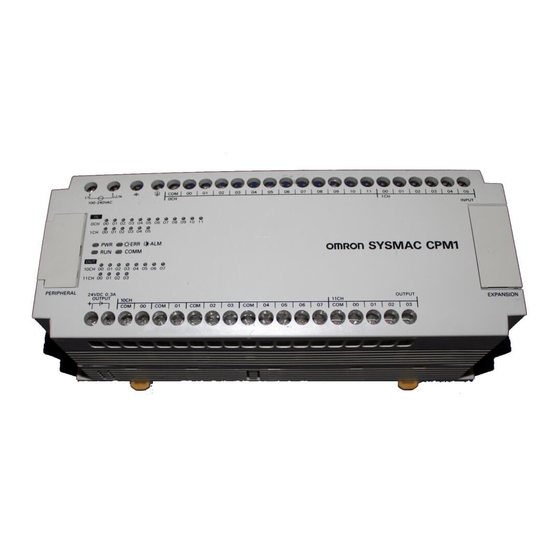
Omron CPM1 Programming Manual
Hide thumbs
Also See for CPM1:
- Programming manual (615 pages) ,
- Programming manual (541 pages) ,
- Operation manual (144 pages)















Need help?
Do you have a question about the CPM1 and is the answer not in the manual?
Questions and answers